It’s the first time we’ve ever seen rumblings from a black hole with our eyes.
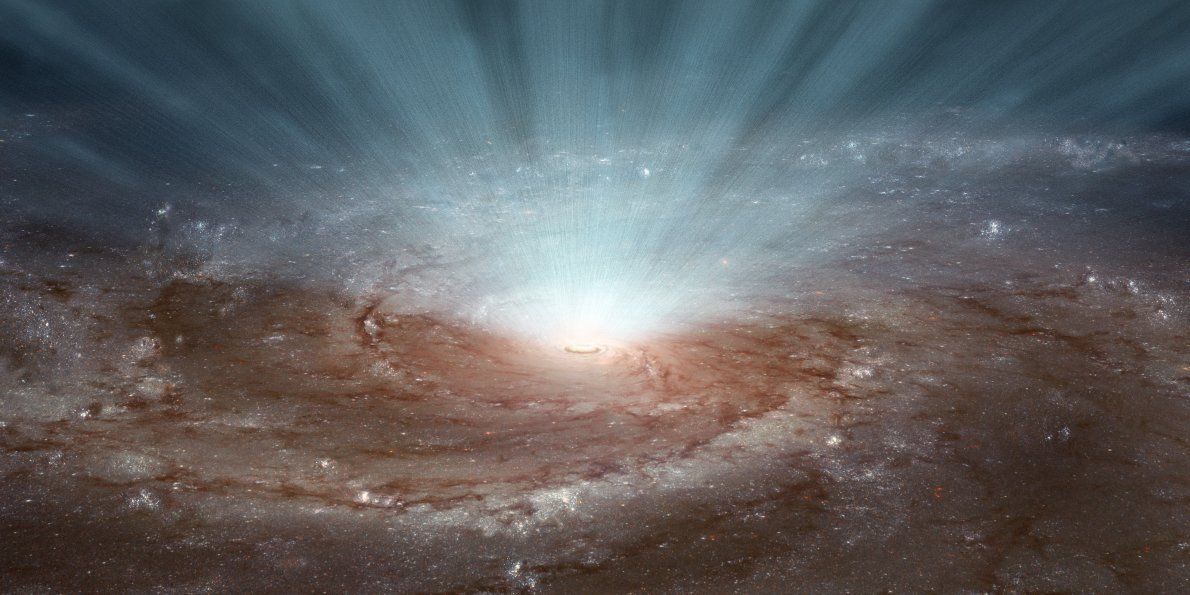

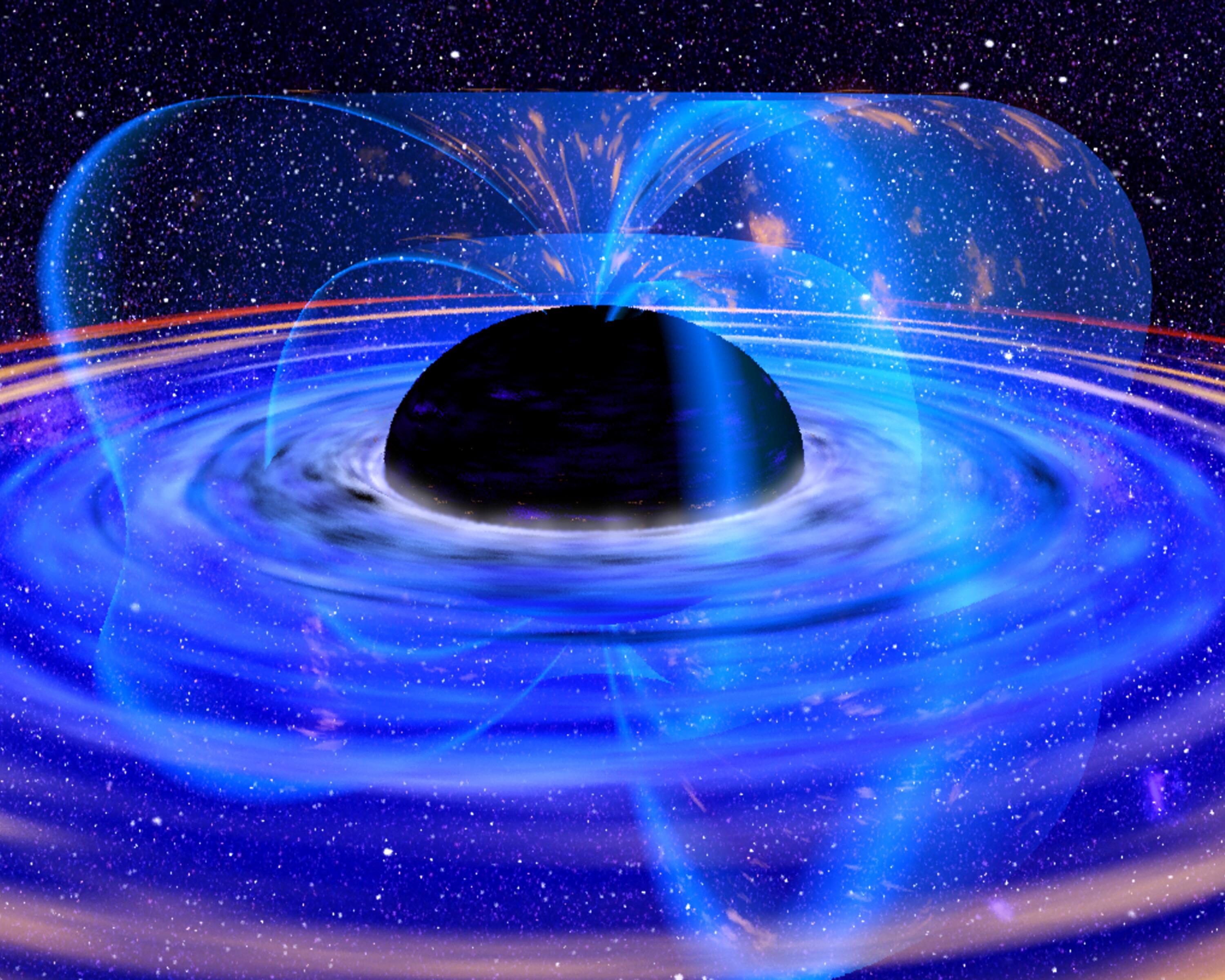
We don’t live in a world that’s pinning the survival of humanity of Matthew McConaughey’s shoulders, but if it turns out the plot of the 2014 film Interstellar is true, then we live in a world with at least five dimensions. And that would mean that a ring-shaped black hole would, as scientists recently demonstrated, “break down” Einstein’s general theory of relativity. (And to think, the man was just coming off a phenomenal week.)
In a study published in Physical Review Letters, researchers from the UK simulated a black hole in a “5-D” universe shaped like a thin ring (which were first posited by theoretical physicists in 2002). In this universe, the black hole would bulge strangely, with stringy connections that become thinner as time passes. Eventually, those strings pinch off like budding bacteria or water drops off a stream and form miniature black holes of their own.
This is wicked weird stuff, but we haven’t even touched on the most bizarre part. A black hole like this leads to what physicists call a “naked singularity,” where the equations that support general relativity — a foundational block of modern physics — stop making sense.
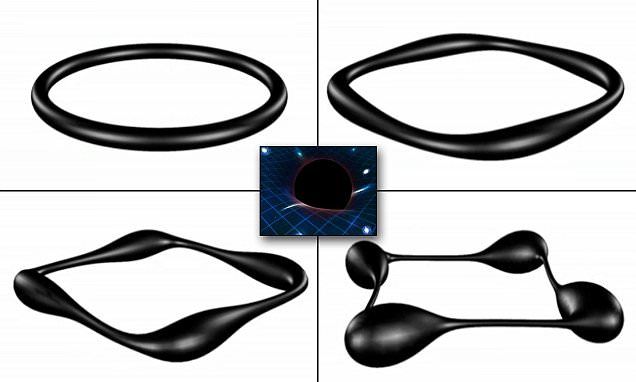
The 5 Dimensional Black Hole could break the theory of relativity: Simulation suggests strange rings with ‘ultragravity’ that defy physics may exist.
Follow us: @MailOnline on Twitter | DailyMail on Facebook.
Researchers from the University of Cambridge and Queen Mary University of London made the discovery after simulating a black hole shaped like a very thin ring using computer models.

Researchers have successfully simulated how a ring-shaped black hole could cause general relativity to break down: assuming the universe contains at least five dimensions, that is.
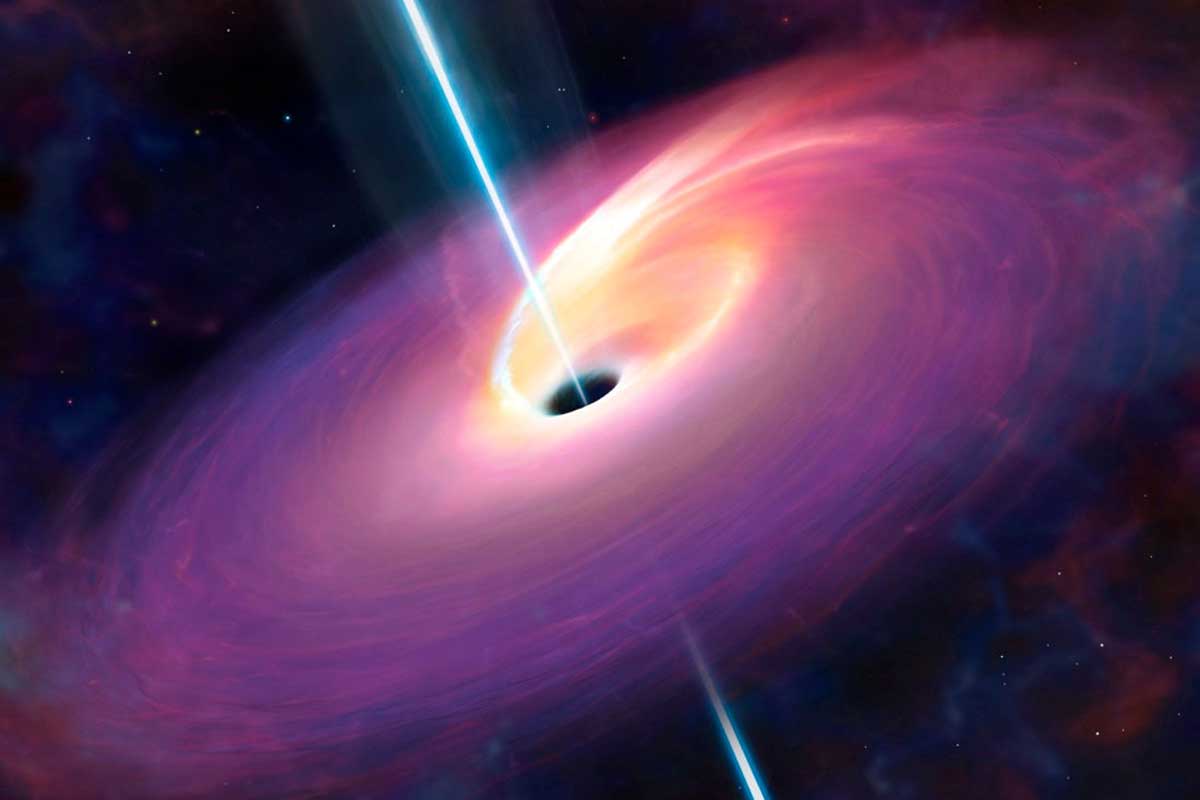
But now it seems that collision may have been followed by a bright burst of gamma rays. NASA’s Fermi gamma-ray space telescope detected such an eruption just 0.4 seconds after LIGO’s gravitational waves arrived at Earth. It’s not clear whether the same event triggered both signals, but the Fermi team calculated that the probability of a coincidence was just 0.0022.
The problem is that no one expected such a bright gamma-ray burst to accompany a black-hole merger. Coalescing black holes orbit each other in a cosmic do-si-do, clearing out a region of empty space. According to models of gamma-ray bursts, isolated black holes can’t ignite them.
Strange signal
“Everything smells like a short gamma-ray burst in our signal,” says Valerie Connaughton of the Fermi team. “And that’s a real problem in a way – you don’t expect this signal from merging black holes.”
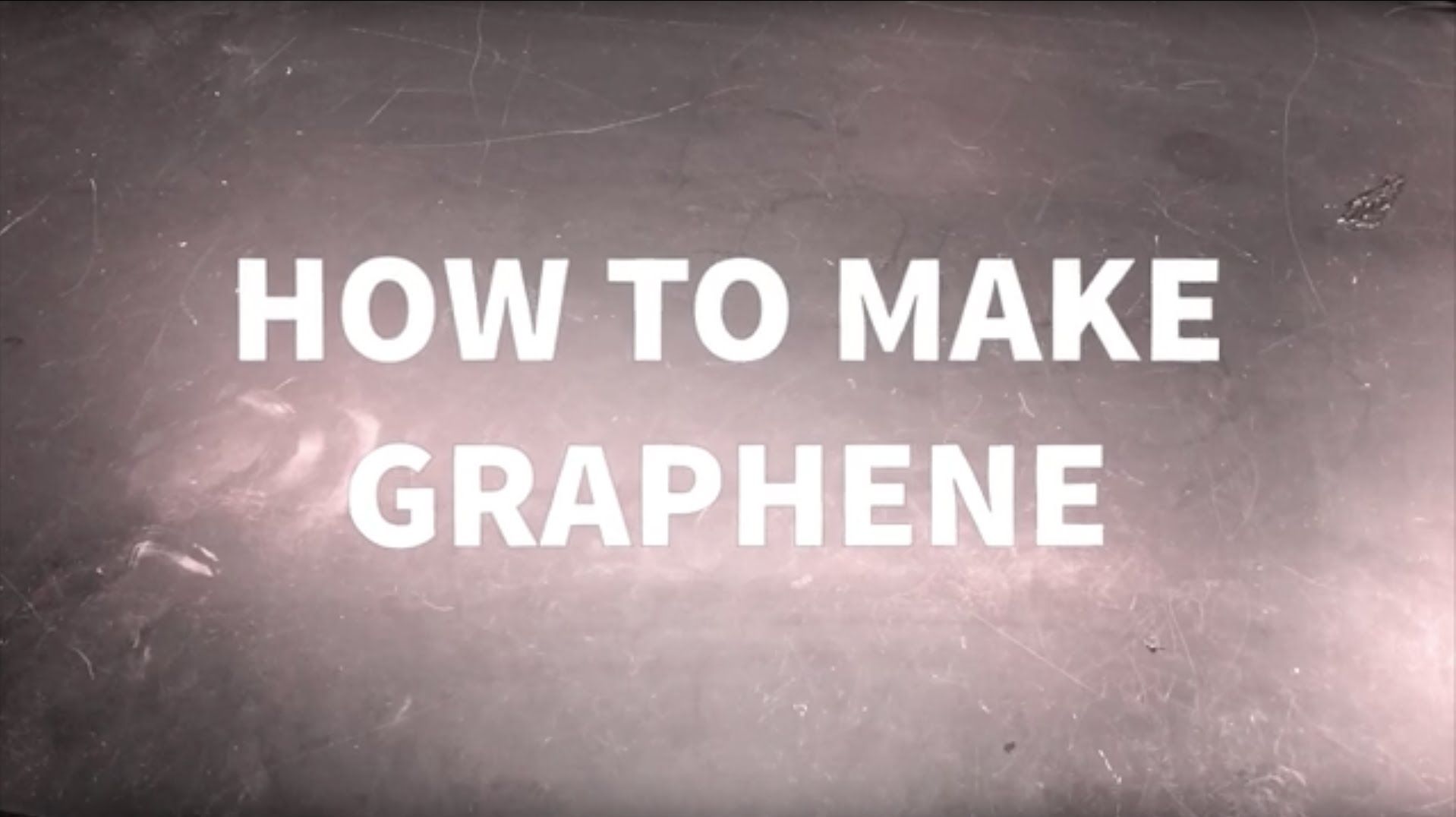
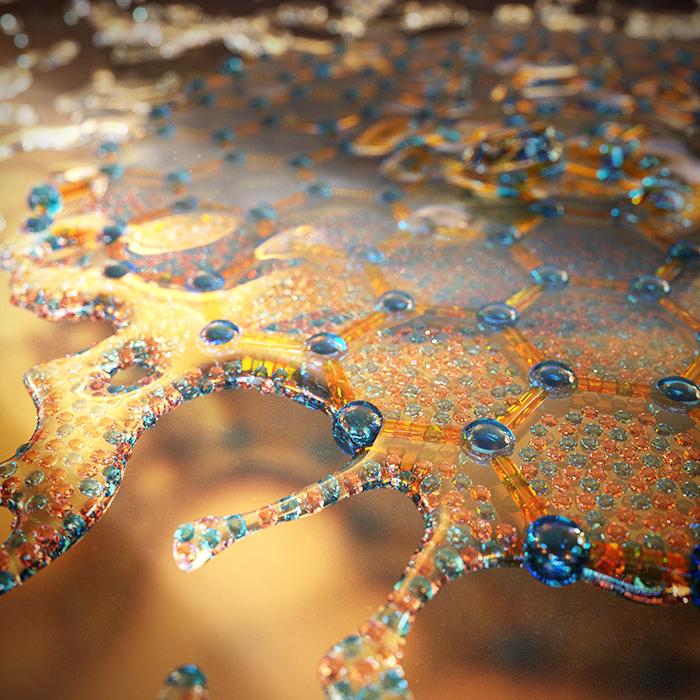
A radical discovery by researchers at Harvard and Raytheon BBN Technology about graphene’s hidden properties could lead to a model system to explore exotic phenomena like black holes and high-energy plasmas, as well as novel thermoelectric devices.
In a paper published Feb. 11 in Science, the researchers document their discovery of electrons in graphene behaving like a fluid. To make this observation, the team improved methods to create ultra-clean graphene and developed a new way to measure its thermal conductivity.
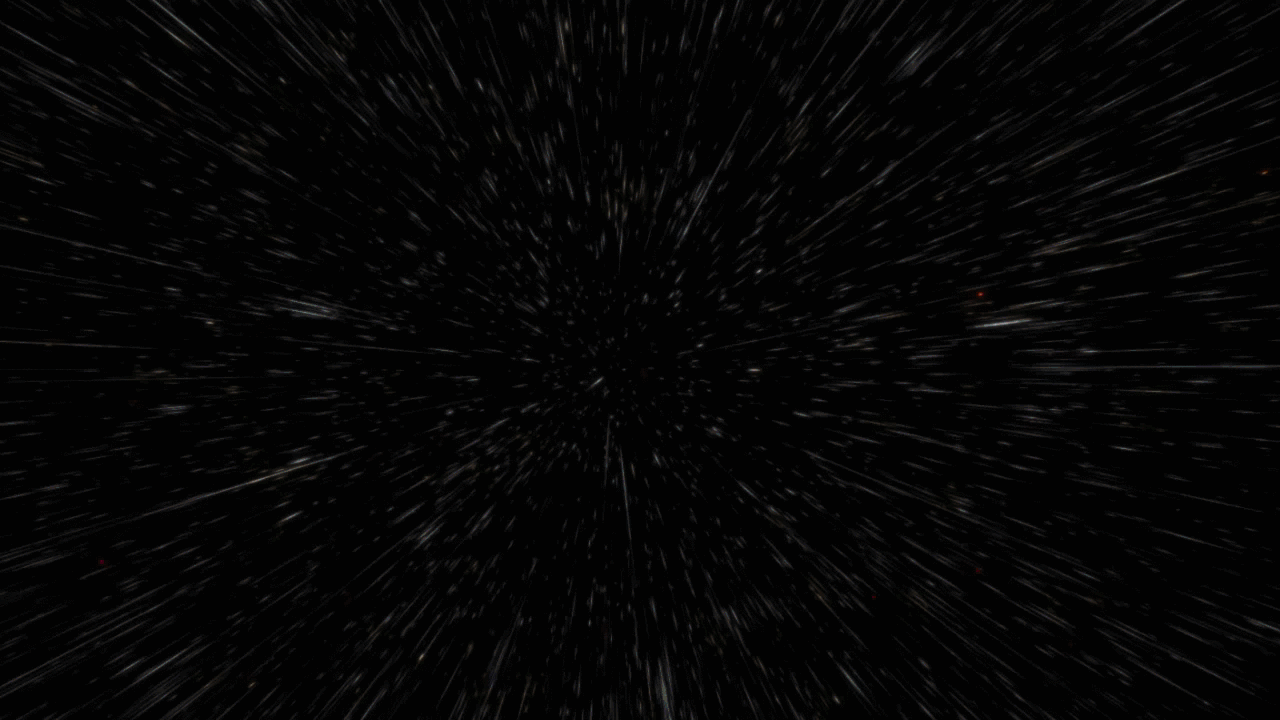
Turn off the lights and maximize this image, you can thank me later.
=)
See more GIFs! Create and share your own GIFs, amazing moments and funny reactions with Gfycat.
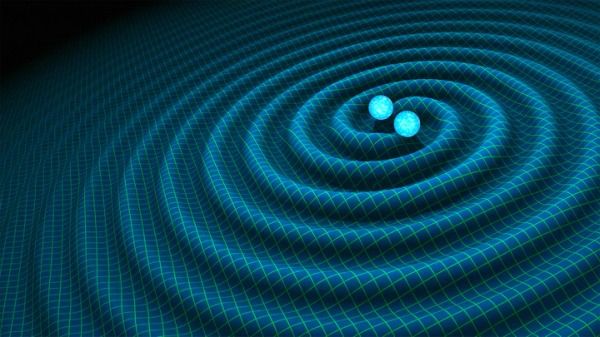
Physicists working with a powerful observatory on Earth announced Thursday that they have finally detected ripples in space and time created by two colliding black holes, confirming a prediction made by Albert Einstein 100 years ago.
These ripples in the fabric of space-time, called gravitational waves, were created by the merger of two massive black holes 1.3 billion years ago. The Laser Interferometer Gravitational-Wave Observatory (LIGO) on Earth detected them on Sept. 14, 2015, and scientists evaluated their findings and put them through the peer review process before publicly disclosing the landmark discovery today.
SEE ALSO: Einstein was right: Scientists detect gravitational waves for the first time.
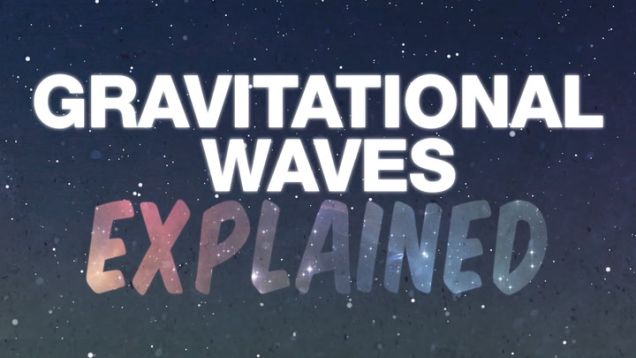
Since Albert Einstein first predicted their existence a century ago, physicists have been on the hunt for gravitational waves, ripples in the fabric of spacetime. That hunt is now over. Gravitational waves exist, and we’ve found them.
That’s according to researchers at the Laser Interferometer Gravitational Wave Observatory (LIGO), who have been holed up for weeks, working round-the-clock to confirm that the very first direct detection of gravitational waves is the real deal. False signals have been detected before, and even though the rumors first reported by Gizmodo have been flying for a month, the LIGO team wanted to be absolutely certain before making an official announcement.
That announcement has just come. Gravitational waves were observed on September 14th, 2015, at 5:51 am ET by both of the LIGO detectors, located in Livingston, Louisiana, and Hanford, Washington. The source? A supermassive black hole collision that took place 1.3 billion years ago. When it occurred, about three times the mass of the sun was converted to energy in a fraction of a second.
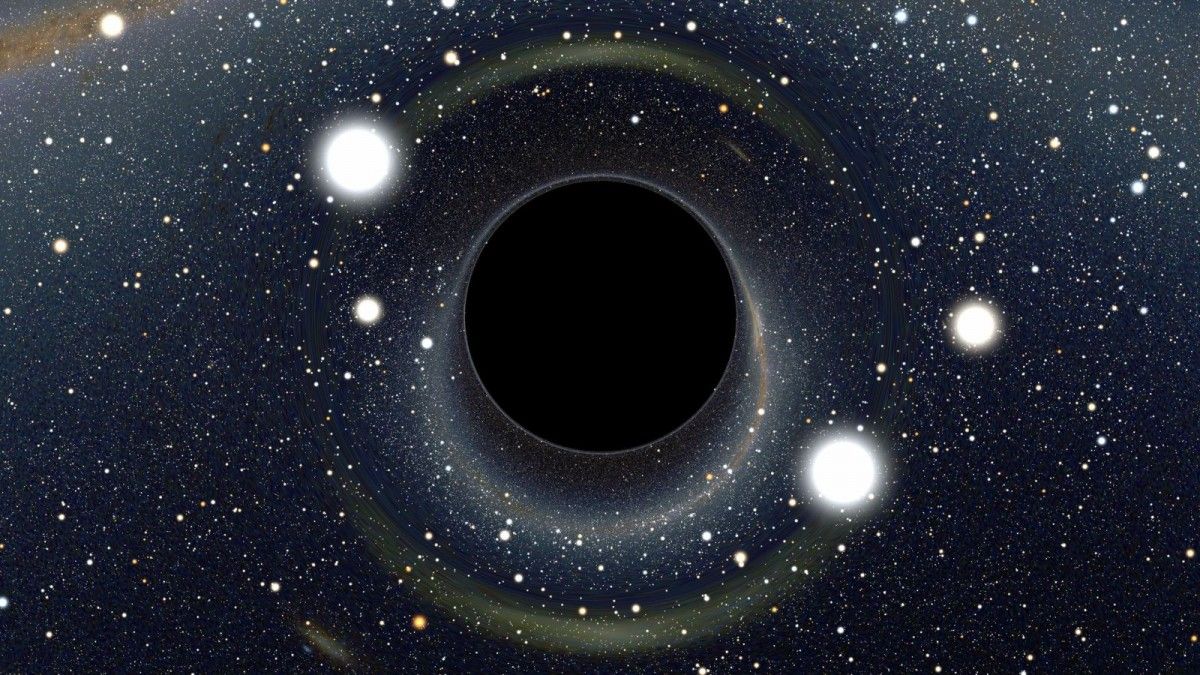
Physicists can now simulate the interiors of black holes using high-powered computers–and it looks like science fiction authors were right: black holes could be portals for space travel.